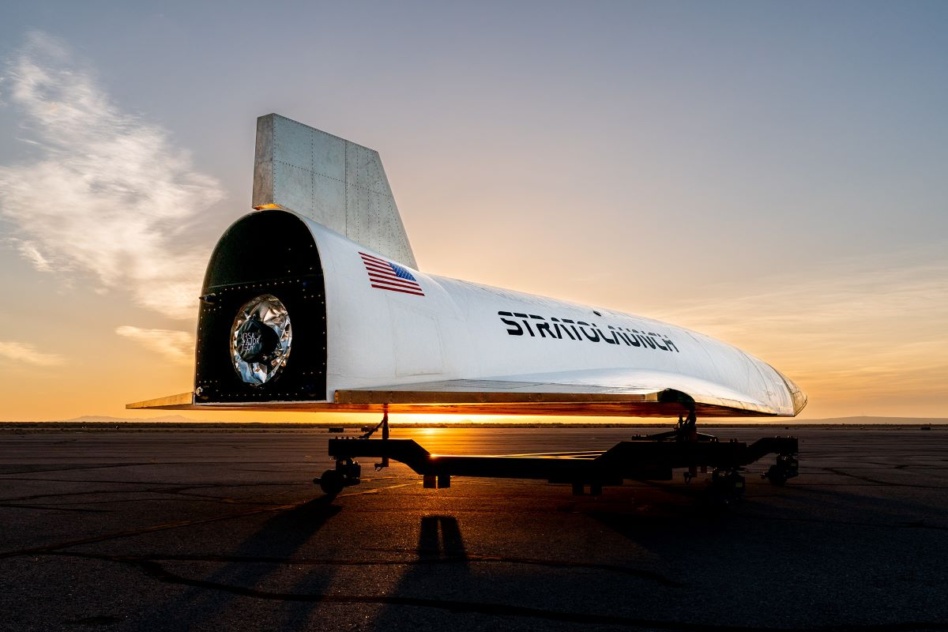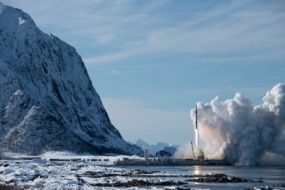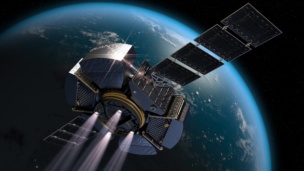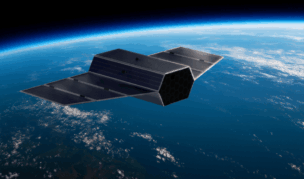Image: Domenic Moen/Stratolaunch
Stratolaunch has debuted its structurally complete Talon-A test vehicle. Stratolaunch will use the vehicle, dubbed TA-0, to test the release system of Roc and “characterize” Talon’s separation dynamics.
Roc is a really massive twin-fuselage carrier craft, boasting six Boeing 747 engines and a payload capacity of 500,000+ lbs. At 385 feet (~117m) wide, Roc’s wingspan “is the largest of any plane ever assembled, stretching longer than an American football field, including the endzones,” per Stratolaunch. Roc is designed to air launch rockets to orbit and serve as a platform for deploying hypersonic experiments/vehicles.
Back to Talon…
Stratolaunch sees use cases for Talon testbeds in scientific research, tech development, and component demonstration. Talon-A is a Mach 6-class hypersonic vehicle.
TA-0 “will continue functional and integration testing in the coming months, culminating in a captive carry and vehicle flight later this year.” The first-gen vehicle will not be powered in flight, but future versions will be rocket-powered, autonomous, and reusable (propulsion c/o Ursa Major). After TA-0 separation tests, Stratolaunch will fly TA-1, its first hypersonic test vehicle. The company has also started production of TA-2, which would be the world’s first fully reusable hypersonic test vehicle.
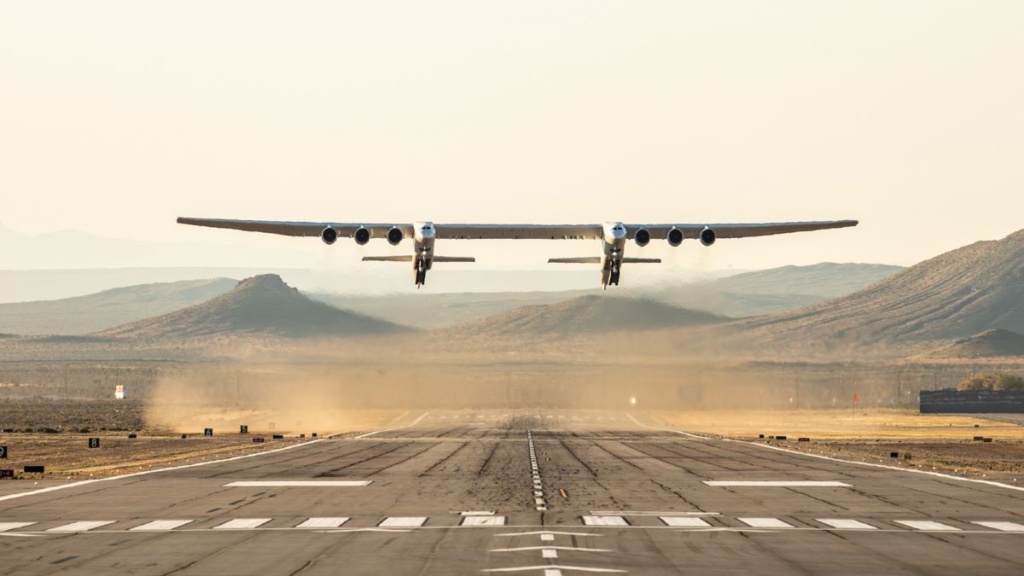
Stratolaunch background
Stratolaunch started in Seattle in 2011 as the brainchild of the late Microsoft Cofounder Paul Allen. Now, the company appears to be headquartered at the Mojave Air & Space Port in California. Stratolaunch flies Roc sorties out of Mojave, so it makes sense to have everything concentrated closer to the center of action. Stratolaunch currently lists 27 positions it’s hiring for on its website and all 27 are based in Mojave. 63% of those listings are for engineering roles.
Hypersonic competition, contextualized
Aviation Week has the exclusive on TA-0 in this week’s issue, with the Talon cover story published Thursday. Over six decades ago, Aviation Week writes, the US’s X-15 program launched from Mojave and pushed the envelope by beginning “to explore the previously unknown edges of the hypersonic envelope.”
That Mojave-based R&D program set the stage for sustained US space leadership for decades to come. But the US’s competitive edge has faded, especially as far as hypersonic technologies are concerned. “The Chinese and Russians have made a lot of advances, and the US needs to get caught up in this area,” Stratolaunch CTO Daniel Millman told Aviation Week.
“TA-0 represents the immense progress our company has made toward hypersonic flight in a short period of time,” Stratolaunch CEO Zachary Krevor said in a press release. “We are putting forth every effort toward becoming a national test asset for our government and commercial customers in 2023.”
A fall 2021 flashback: Reports surfaced last October about China’s successful summer ‘21 test of a hypersonic glide vehicle. At the time, Jaganath Sankaran, a UT Austin professor and hypersonics expert, told Payload: “There is already a robust effort to fund R&D in hypersonic offense/defense weaponry. This development may be politically used to support some of those existing funding priorities.”
